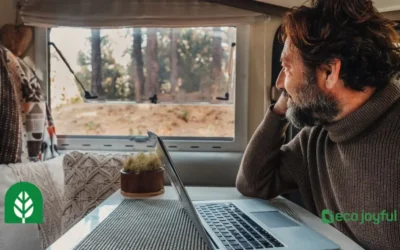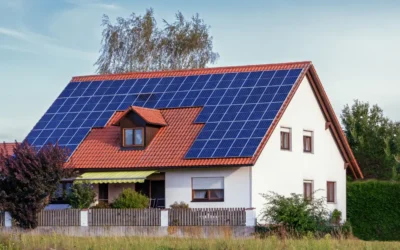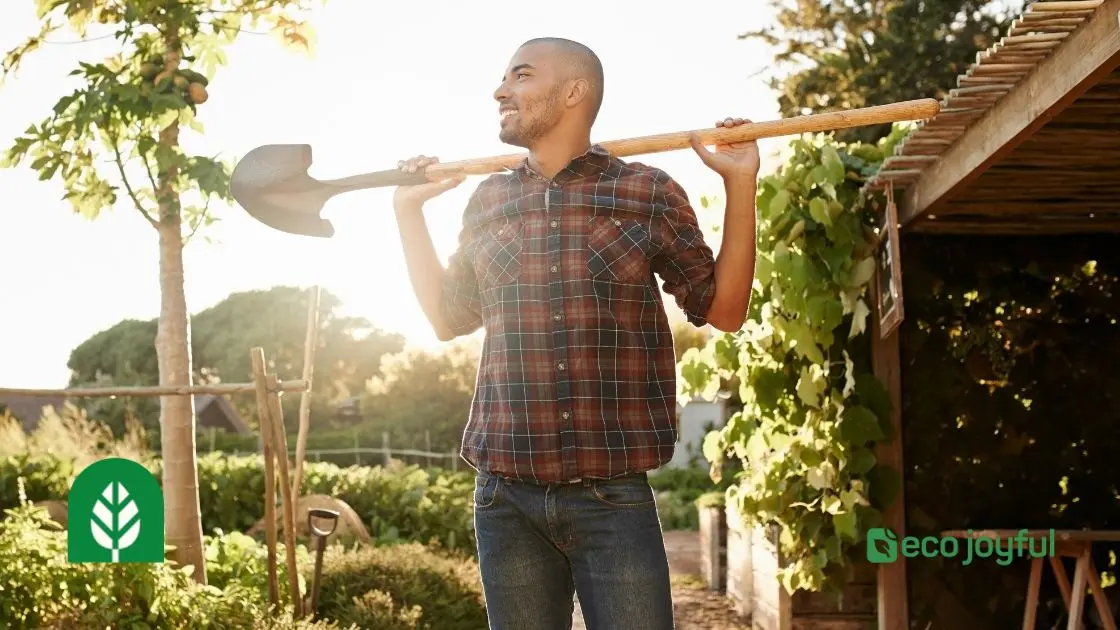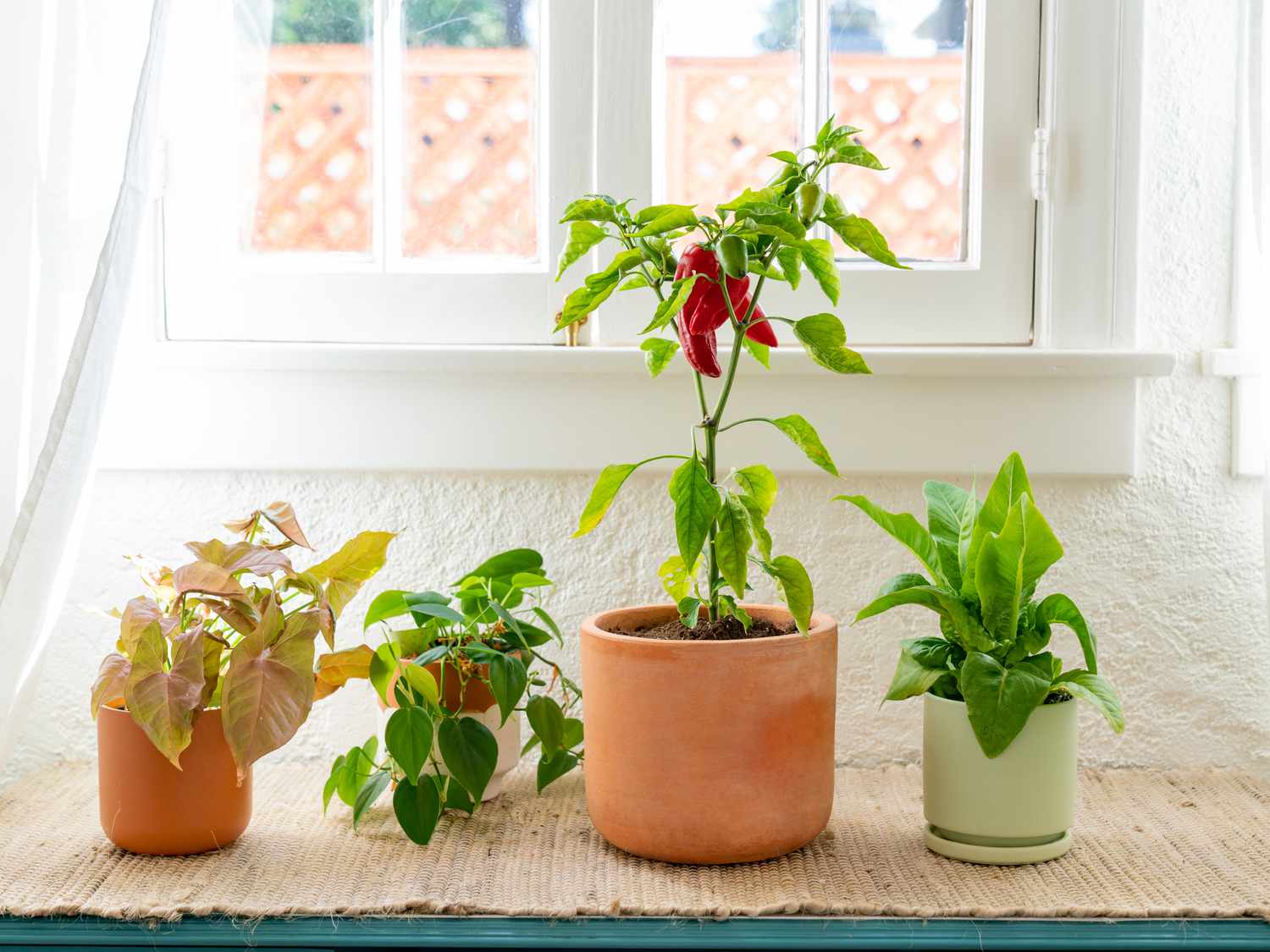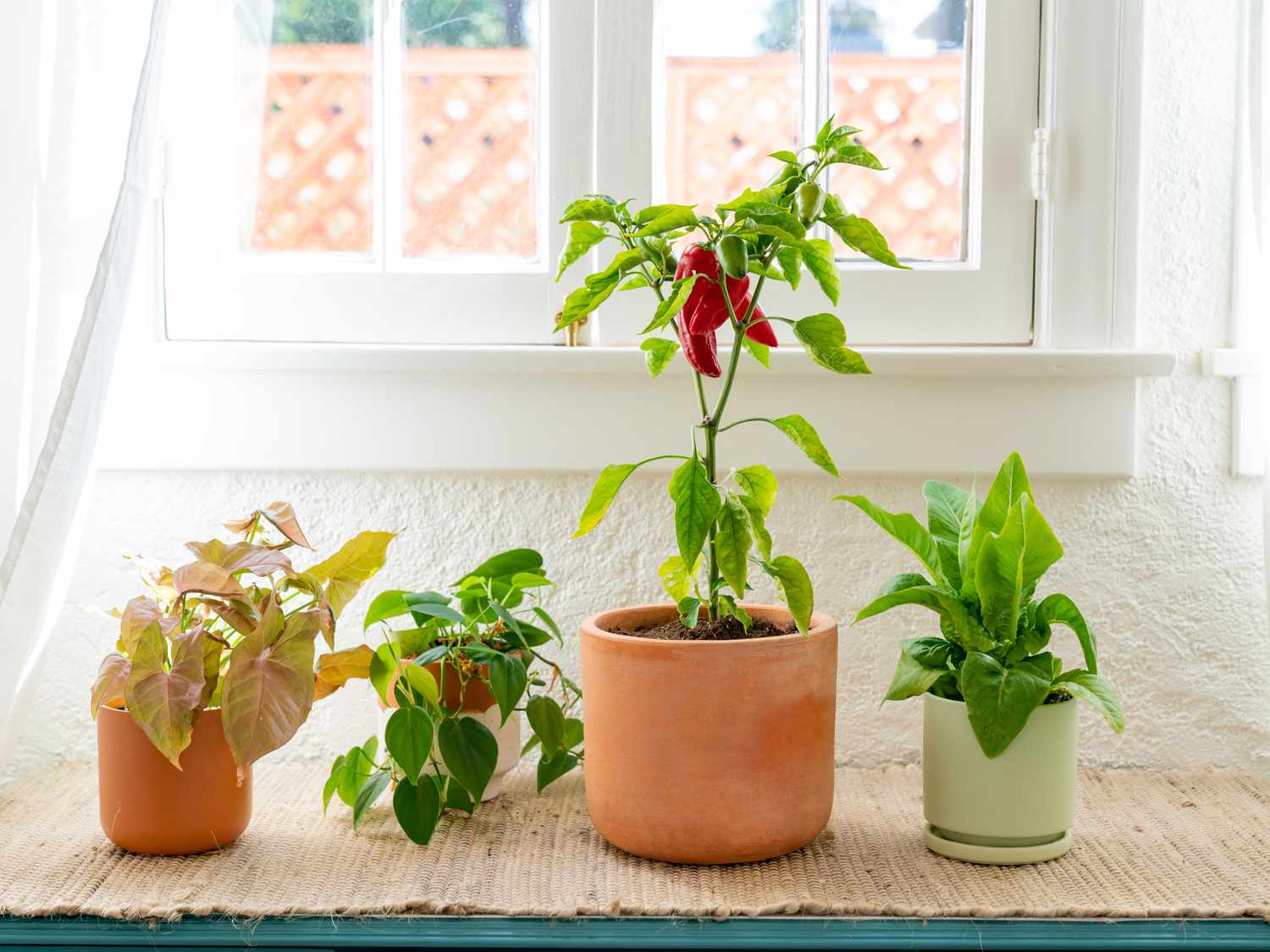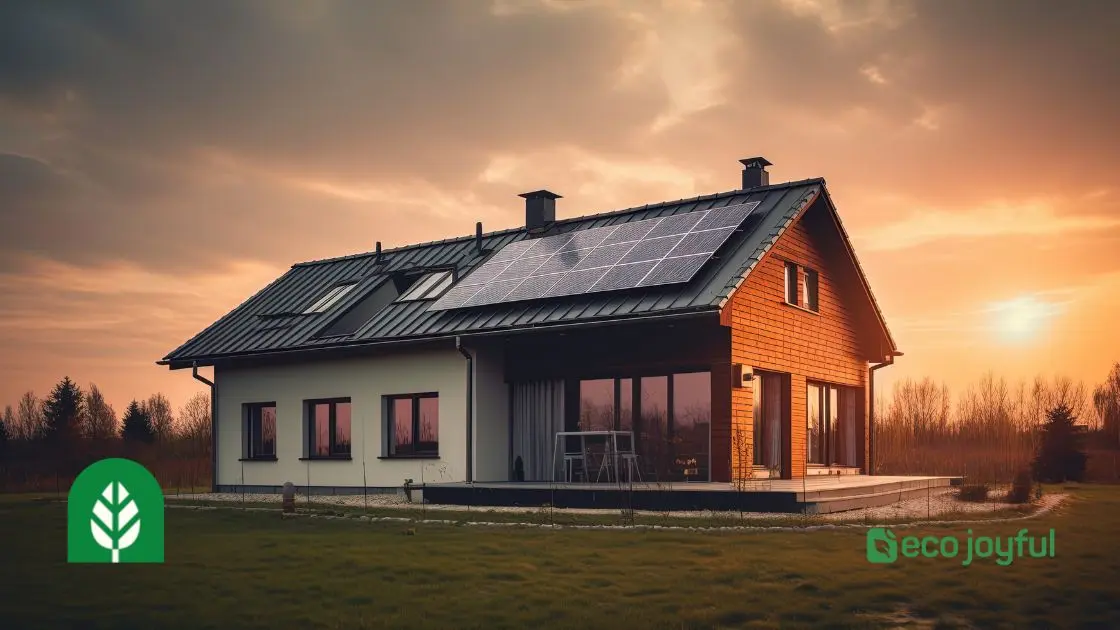Build a better life off grid requires planning and preparation. To do so, you must learn to be self-sufficient and live a sustainable lifestyle.
Living off the grid is all about being self-sufficient, sustainable, and adopting a lifestyle that is in-sync with nature. This means being independent of public utilities and relying solely on renewable resources like solar and wind power, as well as growing your own food and sourcing water from natural sources.
People choose to live off the grid for various reasons, whether it’s a desire for more freedom, privacy, or a way of escaping the hustle and bustle of city life.
It is not easy, however, the payoff can be enormous. We will highlight the key steps to building a better life off-grid, including the right mindset, finding the perfect location, setting up your power and water sources, and more.
Table of Contents
Benefits Of Living Off Grid
Living off grid has numerous benefits, including reduced reliance on modern amenities, lower cost of living, and increased self-sufficiency. By learning how to build a self-sustaining lifestyle, individuals can improve their quality of life and decrease their carbon footprint.
Living off-grid means cutting ties with modern facilities and creating your own lifestyle. Although it might appear challenging at first, it presents countless benefits that make it worthwhile. Some of the advantages of living off-grid include the following;
Reduced Dependence On External Systems
When you decide to live off-grid, you cut ties with external utility companies such as electricity, gas, and water providers. This freedom gives you control over your own resources and makes you less reliant on governmental systems. Additionally, when natural disasters or social upheavals occur, people living off-grid typically experience fewer disruptions since they already have self-sufficient systems in place.
Cost Savings
One of the most significant benefits of living off-grid is the monetary savings that come with it. Since off-grid living requires you to generate your own electricity, grow your own food, and take care of other necessities, you’ll notice an immediate drop in your bills. It takes time and effort to create such systems, but in the end, the cost savings will be worth it.
Increased Self-reliance
Living off-grid requires you to be self-reliant, independent, and resourceful, which will ultimately boost your self-esteem. When you learn how to be self-reliant, you gain a better understanding of what you need in life and what’s superfluous. Moreover, you’ll begin to appreciate what you have and become aware of what you can do independently. This new awareness can be empowering, helping you to make better life decisions.
Living off-grid presents a unique opportunity to enjoy a distinct lifestyle while reaping numerous benefits. Cutting ties with modern systems is undoubtedly challenging, but with determination, effort, time, and financial investment, you can create an off-grid lifestyle that aligns with your values and personal goals.
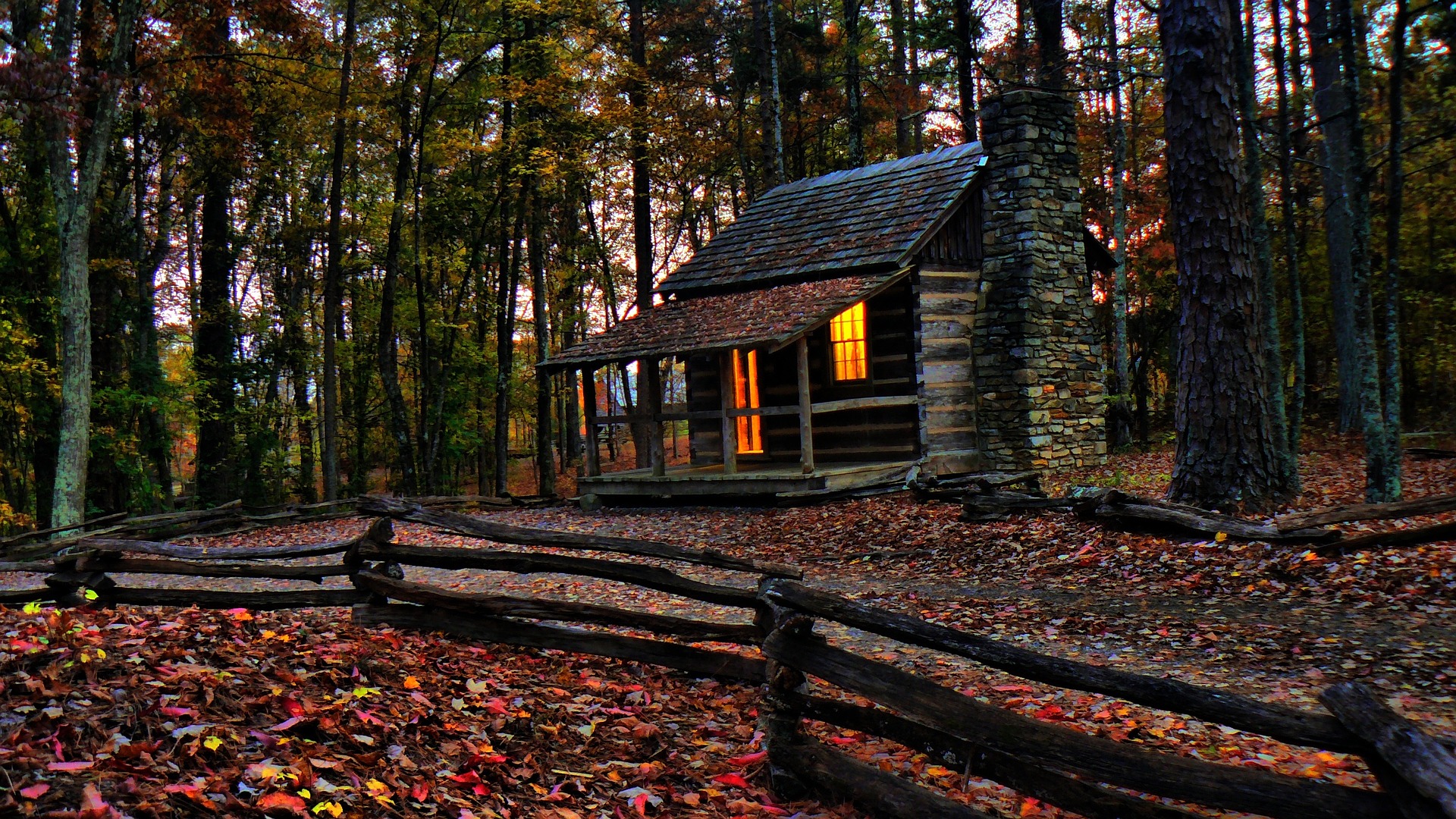
Credit: offgridliving.net
Selecting Your Off Grid Location
Selecting the perfect off grid location is key to building a better life. Factors to consider include accessibility to resources, weather patterns, and zoning laws. Choosing the right location can ensure self-sufficiency and a sustainable lifestyle.
Living off-grid is a lifestyle that many people are considering today, as it allows for a simpler and more sustainable life. When selecting an off-grid location, there are several factors to consider, including water availability, sunlight exposure, and soil quality. In this article, we will discuss these factors in detail.
Water Availability
Water is the most important resource you will need when living off-grid. It is crucial to have access to a reliable source of water, whether it is a well, a spring, a stream, or a pond. You need to ensure that the water source is sustainable, safe for drinking, and sufficient for your needs.
When selecting an off-grid location, research the water availability in the area. Check if the water source is protected from contamination, such as agricultural chemicals, human and animal waste, or air pollution. Also consider the accessibility of the water source, as it will determine how easy it is to retrieve water.
Sunlight Exposure
Sunlight is essential for generating power when living off-grid. Solar panels are an excellent source of sustainable energy, but they require sunlight to function effectively. Therefore, it is crucial to choose a location with ample sunlight exposure.
When selecting an off-grid location, check the amount of sunlight the area receives throughout the year. Research the weather patterns, the direction your house faces, and potential shade from trees or structures. By selecting a location with optimal sunlight exposure, you can generate enough power to sustain your lifestyle.
Soil Quality
Soil quality is an essential factor to consider when growing your food when living off-grid. The quality of the soil will determine whether you can grow crops, vegetables, fruits, or herbs sustainably.
When selecting an off-grid location, research the soil quality of the area. Look for areas with fertile soil, good water drainage, and minimal erosion. Consider the climate, the growing season, and the vegetation in the area. By selecting a location with healthy soil, you can grow a diverse range of crops that will meet your dietary needs.
In conclusion, selecting the right off-grid location is crucial to building a sustainable and successful off-grid life. By considering water availability, sunlight exposure, and soil quality, you can choose a location that meets your needs and helps you live your best life off-grid.
Choosing Your Power Source
Selecting the right power source is crucial when building an off-grid lifestyle. Whether it’s solar panels, wind turbines, or generators, careful consideration of your energy needs and budget will ensure the success of your off-grid living.
When it comes to building an off-grid life, one of the most important decisions you’ll make is choosing your power source. The good news is that there are several renewable energy sources to choose from, each with their advantages and disadvantages. Here’s a breakdown of the three most popular options:
Solar Power
Solar power is perhaps the most well-known and reliable way to power an off-grid home. It involves installing solar panels on your property to capture energy from the sun, which is stored in batteries and used to power your home.
The Benefits of Solar Power
- Solar power is reliable and predictable, especially in sunny climates.
- Installing solar panels can increase the value of your property.
- Solar power is virtually maintenance-free and has no moving parts, reducing the likelihood of breakdowns or malfunctions.
The Drawbacks of Solar Power
- Solar panels can be expensive to install, with costs ranging from a few thousand dollars to tens of thousands of dollars depending on the size of your home and your energy needs.
- Solar panels can take up a lot of space on your property, which can be a disadvantage if your property is small.
Wind Power
Wind power is another popular option for off-grid living. It involves installing a wind turbine on your property to capture energy from the wind.
The Benefits of Wind Power
- Wind power can be very efficient, especially in areas with high wind speeds.
- Wind turbines can be more cost-effective than solar panels, especially if you live in an area with high electricity rates.
The Drawbacks of Wind Power
- Wind turbines can be noisy, which can be a problem if you have neighbors close by.
- Wind turbines require regular maintenance to keep them functioning properly.
- Wind turbines can be expensive to install, with costs ranging from a few thousand dollars to tens of thousands of dollars depending on the size of your home and your energy needs.
Hydroelectric Power
Hydroelectric power involves using the natural flow of water to generate electricity. This option is only viable if you have a stream or river on your property.
The Benefits of Hydroelectric Power
- Hydroelectric power can be very efficient and reliable, especially if you have a steady flow of water on your property.
- Hydroelectric power is environmentally friendly, as it doesn’t produce greenhouse gas emissions or other forms of pollution.
The Drawbacks of Hydroelectric Power
- Hydroelectric systems can be expensive to install, with costs ranging from a few thousand dollars to tens of thousands of dollars depending on the size of your home and your energy needs.
- Hydroelectric systems require regular maintenance to keep them functioning properly.
Designing Your Off Grid Home
Designing your off grid home can be an exciting and rewarding experience, allowing you to live a more sustainable and self-sufficient lifestyle. From selecting the right location and choosing eco-friendly materials to incorporating alternative energy systems, building a better life off grid requires careful planning and attention to detail.
Designing an off-grid home is one of the most crucial steps to building a sustainable and comfortable lifestyle. When it comes to designing an energy-efficient home, water conservation and waste disposal are areas of prime importance to consider. Below is a comprehensive guide on how you can design an off-grid home that stands the test of time while fulfilling your needs.
Energy Efficiency
Energy efficiency is a vital aspect when it comes to designing your off-grid home. Taking steps to minimize your energy usage will help you maximize your resources and reduce costs. Here are some steps you can take:
- Insulate your walls, floors, ceilings, and windows to prevent heat loss.
- Choose energy-efficient appliances and lighting fixtures.
- Install solar panels or wind turbines to generate renewable energy.
- Use a wood stove or pellet stove as they are excellent sources of heat.
Water Conservation
Water conservation is essential in an off-grid home as there is only a finite amount of water available. To conserve water usage, follow these practices:
- Use a low-flow toilet and showerhead.
- Invest in a rainwater harvesting system.
- Reuse wastewater for watering plants or flushing toilets.
- Fix all the leaks immediately to avoid water wastage.
Waste Disposal
Waste disposal in an off-grid home is different from traditional homes. With little to no access to municipal services, you’ll have to take care of your waste disposal. Here are some waste disposal options to consider:
| Option | Pros | Cons |
|---|---|---|
| Composting Toilet | -Produces compost -No water usage | -Requires maintenance -Expensive to install |
| Burning Trash | -Produces electricity and heat -Reduces waste volume | -Requires regular maintenance -Risk of air pollution |
| Burying Trash | -Minimal initial costs -No maintenance required | -May attract pests -May contaminate groundwater |
In conclusion, when designing your off-grid home, it’s essential to prioritize energy efficiency, water conservation, and waste disposal. Embrace sustainable living and take advantage of the natural resources available to you to create a comfortable and sustainable lifestyle. Sustainable living can be challenging, but with careful planning, it’s possible to build a better life off the grid.
Creating A Sustainable Food System
Learn how to build a sustainable food system and live off the grid, reducing your carbon footprint and increasing your self-sufficiency. By growing your food and reducing waste, you can create a better life for yourself and the planet.
Living off the grid has become increasingly popular in recent years as people seek to reduce their carbon footprint and live a simpler, more self-sufficient life. One of the most important aspects of off-grid living is creating a sustainable food system, which can provide you with healthy, nutrient-rich food without relying on grocery stores or other external sources. In this article, we will discuss three key components of a sustainable food system: gardening and farming, raising livestock, and preserving food.
Gardening And Farming
Growing your own fruits, vegetables, and grains is perhaps the most important part of building a sustainable food system. By cultivating a backyard garden or small farm, you can provide yourself and your family with fresh, organic produce that is free from harmful pesticides and chemicals. Additionally, growing your own food can save you money on groceries and reduce your reliance on the industrial food system. Some key considerations when starting a garden or farm include:
- Choosing the right location with adequate sunlight, water, and soil
- Deciding on which crops to grow based on your growing conditions and personal preferences
- Practicing sustainable gardening techniques such as composting and crop rotation
Raising Livestock
In addition to growing your own crops, raising livestock such as chickens, cows, and goats can provide you with a steady source of protein and other essential nutrients. Not only does raising your own livestock give you more control over the quality of your food, but it can also be a rewarding and enjoyable experience. However, raising livestock comes with its own set of challenges, including:
- Ensuring your animals have access to adequate space, food, and water
- Maintaining proper hygiene and disease prevention practices
- Humane and ethical treatment of your animals
Preserving Food
Another important aspect of building a sustainable food system is learning how to preserve food for long-term storage. This can include techniques such as canning, drying, and pickling, which can help you store excess crops and meats for later use. Properly preserving your food can also help you reduce waste and save money on groceries. Some key tips for preserving food include:
- Using proper equipment and techniques to ensure safe and effective preservation
- Storing preserved food in a dry, cool, and dark location to prevent spoilage
- Being mindful of expiration dates and using the oldest preserved foods first
By focusing on these three components of a sustainable food system – gardening and farming, raising livestock, and preserving food – you can build a more self-sufficient and healthy lifestyle off the grid. Remember, building a sustainable food system takes time and effort, but the rewards are well worth it.

Credit: www.amazon.com
Managing Your Off Grid Lifestyle
Living off-grid can be fulfilling, but it takes careful planning and management to build a better life. From sustainable energy sources to growing your own food, there are many ways to create a self-sufficient and independent lifestyle away from the hustle and bustle of the modern world.
Living off the grid can provide unparalleled freedom, but it also requires diligent management. In order to build a better life off the grid, you need to be able to manage your time effectively, build a community, and avoid burnout. Let’s explore each of these areas in more detail.
Time Management
One of the biggest challenges of living off the grid is managing your time effectively. Without the distractions of modern technology, it’s easy to lose track of time and get off schedule. That’s why it’s important to establish a regular routine and stick to it. You may also find it helpful to use tools like calendars, task lists, and alarm clocks to keep yourself on track. Remember, time is your most valuable resource, so use it wisely!
Community Building
Building a strong community is essential to a successful off-grid lifestyle. This can be a challenge when you’re living in a remote location, but it’s not impossible. One way to build a community is to connect with other off-gridders online. There are many forums and social media groups dedicated to off-grid living, where you can find like-minded individuals and share ideas. You may also want to attend local events and gatherings to meet other off-gridders in person.
Avoiding Burnout
Living off the grid can be incredibly rewarding, but it can also be exhausting. It’s important to take breaks and avoid burnout. One way to do this is to establish a regular self-care routine. This can include activities like meditation, yoga, or simply taking a walk in nature. You should also be mindful of your energy levels and not overexert yourself. Remember, you’re living off the grid to improve your quality of life, not make it worse!
Managing your off-grid lifestyle requires careful planning, discipline, and perseverance, but the rewards are worth it. By effectively managing your time, building a community, and avoiding burnout, you can build a better life off the grid.
Overcoming Challenges Of Off Grid Living
Living off the grid can be challenging, but it’s possible to build a better life with careful planning. Overcoming obstacles such as water and power sources, food production and waste management are key to a successful off-grid lifestyle. With determination and creativity, you can create a sustainable and fulfilling way of life away from the hustle and bustle of modern society.
Living off the grid can offer an opportunity to escape the hustle and bustle of city life, but it does come with its own set of challenges. It’s not for everyone, but with the right mindset, you can succeed and thrive. Here are some of the challenges that you may face when going off the grid and how to overcome them.
Loneliness And Isolation
Living off the grid in a remote area means that you’ll be away from society and possibly from your loved ones. Loneliness and isolation are some of the biggest challenges of off-grid living. Here are some tips to help you overcome these challenges:
- Join local groups that interest you to meet new people and make new friends.
- Volunteer in your community to stay involved and meet new people.
- Make use of technology like video chats and social media to stay connected with family and friends.
Harsh Weather Conditions
Living off the grid means you’re living in nature, which comes with unpredictable weather conditions. Here are some tips to help you overcome the challenges that come with harsh weather conditions:
- Invest in proper clothing and gear to protect yourself from harsh weather conditions.
- Build a sturdy and well-insulated shelter to protect yourself from extreme temperatures and weather conditions.
- Learn survival skills to help you cope with different weather conditions.
Maintenance And Repairs
Living off-grid means that you’re responsible for maintaining and repairing everything from your water source to your shelter. Here are some tips to help you overcome the challenges of maintenance and repairs:
- Invest in high-quality tools and equipment to make repairs and maintenance easier.
- Learn how to do minor repairs yourself to save money and time.
- Have a plan in place for major repairs and maintenance tasks that you can’t tackle on your own.
Living off the grid can be challenging, but with the right mindset and preparation, you can overcome any obstacle that comes your way. Remember to stay positive and stay motivated towards building a better life off the grid.

Credit: www.bigrentz.com
Conclusion
Living off the grid is not only a sustainable way of living, but it can also offer a simpler, more fulfilling life. With a few simple steps, you can minimize your dependency on modern technologies and learn to live off the land.
While it may take some adjustments, taking the time to build a better life off the grid can lead to a more self-sufficient, healthy, and peaceful life. So take the leap and experience the joys of off-grid living.


